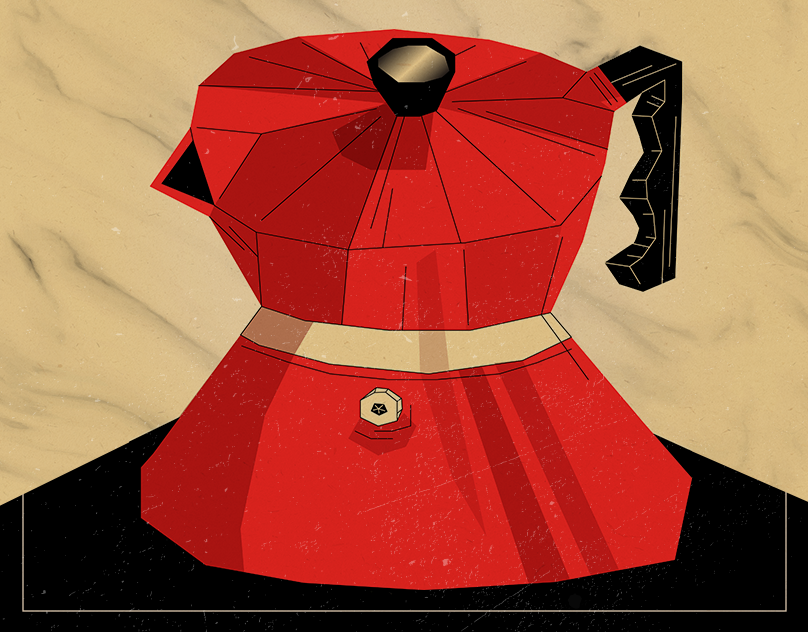
Summary
------------------------------------------------------------------------------------------------------------------------
Project: Voice User Interface System
Target User: Drivers in a level 4 autonomous vehicle
Goal: To provide a concept of how a driver in a level 4 autonomous vehicle could communicate with a voice assistant
Role: Interaction design
Target User: Drivers in a level 4 autonomous vehicle
Goal: To provide a concept of how a driver in a level 4 autonomous vehicle could communicate with a voice assistant
Role: Interaction design
The main challenge was coming up with a unique concept of communicating with a voice assistant, since it's already been done - but not in a vehicle. We had to think how human beings communicate with each other: with gaze, intonations and certain verbal phrases. We incorporated the way we talk to other humans into a voice user interface system. And provided visual representation to the actions the assistant was taking.
Introduction
------------------------------------------------------------------------------------------------------------------------
This project needed to propose and visualize a Voice Interface System for a level 4 Autonomous car - meaning the driver could remove their hands from the steering wheel while the autopilot operated but still had to be ready to take control. In short - a voice assistant for a self-driving car.
The team worked closely with Huawei.
Ideation
------------------------------------------------------------------------------------------------------------------------
Starting off with a brainstorming session on what the Voice User Interface system should look like and do. In addition, we conducted a survey to get a general feeling for what users think about voice assistants currently. How should the assistant look like? Should it even have a visual representation? Should it have emotions? Should it have eyes? How will the user talk to it - like a robot or a regular conversation? What functions will the VUI help with the user? All of these needed to be discussed and looked into.




Wireframes
------------------------------------------------------------------------------------------------------------------------
After the initial brainstorming session and after analyzing our survey answers, we sat down and created some wireframes that could be displayed alongside the VUI system.








User Story
------------------------------------------------------------------------------------------------------------------------
Having established what we wanted our VUI to do and had a basic idea on how it would look like, we proceeded to think about the video prototype. We created storyboards and simple hand drawn assets that were later scanned and used in a video. The final user story presents how a typical day with the Huawei VUI system would look like.








Wizard of Oz
------------------------------------------------------------------------------------------------------------------------
Before creating the video, we wanted to make sure we iron out all the features and the usability of the systems, hence we performed 3 live user tests, via Wizard of Oz, where we had a person pretending to be the system while the user navigated through pre-designed tasks.

Unique Feature
------------------------------------------------------------------------------------------------------------------------
The feature that was our main selling point was that we came up with a simple gaze-based interaction, where we try to simulate how people usually catch someone else's attention in order to initiate conversations. By keeping the interaction duration below 1.5 seconds, we are not in any violation of driving safety laws for distractions.

Video Prototype
------------------------------------------------------------------------------------------------------------------------
In the end, the video below is our finished prototype that was presented to Huawei. Our company partners were very interested in our mode of interaction and decided to pursue it further on their own.






